Ultra wide angle options for every system, tend to be expensive and/or compromised. It can be difficult to optically correct and transfer light onto these digital sensors which are far less forgiving than film ever was, especially outside of the center frame. Add to that, with various “crop” formats, the physical focal length needed to achieve these angles of view has to be remarkably short which provides other engineering challenges. Panasonic saw the need for an ultra wide angle zoom lens from the very early stages of the Micro 4/3 format, and has offered a very solid 7-14mm f/4 lens for years, but many system shooters wanted both a faster option, along with one that was environmentally sealed for outdoor work. Olympus answered that call with the m.Zuiko 7-14mm f/2.8 PRO lens. A substantial, weather sealed, tank like 14-28mm f/2.8 equivalent lens (in light gathering you FF fanatic naysayers, you) that costs a pretty penny, especially considering the Panasonic Lumix option at close to half the price, it’s not necessarily one for the budget minded shooter. It is however, a pretty damn stellar performer. I have had this lens for the better part of the year, and I’ve just returned from a trip to Portugal and Holland where I used this lens on the GX8 for my travel documentation needs. I have some other shots sprinkled in, but I want to give a bit of perspective when using this lens as a travel companion. C’mon in for some shots and thoughts…
Before we get into the touchy feely bits, I want to share what I see as the pitfalls of this ultra wide lens (and to be fair all ultra wides). Ultra wide angle shooting provides certain challenges from a photographer’s perspective, largely compounded by optical limitations. I feel that it is one of the hardest types of shooting to really excel at, mostly because you have so much more to pay attention to regarding composition and subject matter. On top of that, even if you level your camera perfectly, your frame edges are often subject to varying degrees of distortion which can really affect your frame. This is where we can become challenged, and even frustrated by composing and shooting at such wide angles of view.
Let’s look at the main culprit, and how to minimize and work within the limits of optical distortion.
DISTORTION
Every lens suffers from some form of optical distortion. Telephoto focal lengths traditionally exhibit some level of pincushion distortion (think lines being pulled in toward the center of the image) while wider angles often suffer from what is called “barrel distortion” which would be akin to the lines in an image appearing as if there were almost a bubble pushing from the center of the image, toward the viewer, producing bowed out lines. Many lenses will show some level of both, along with various other forms of optical aberration. Some wide angle lenses (more common and often pronounced in lower cost, budget friendly optics) show something called mustache distortion, where if you took a picture of a straight line across your frame, the optics would distort it so that it would appear as a wavy line from one edge to the opposite as opposed to straight and square. Most high quality wide angle lenses will minimize barrel and mustache distortion, but you can’t escape physics in regard to physical proximity, and by this I mean subject distance, when captured around the edges or in corners of your frame. The same lens, set to the same settings may not show the same levels of distortion (or may not be as noticeably pronounced) if, for instance, your subject is physically further away. I’ll call this, proximity distortion moving forward.
When shooting any wide angle lens, one way to minimize optical distortion is to keep the lens level, especially in regard to your forward or backward roll (tilting the nose of your lens upward or downward).
Below are a couple shots visually explaining what I’ve mentioned above. Note in the first shot, I did angle the camera upward slightly to capture more of the ceiling which didn’t do much to the center of my frame, my horizon line, nor the ladies wandering down the aisle, but the horribly stretched man and walking woman in the corner, and then those vertical lines…
Here is a version after reasonably correcting for the vertical distortion in software, which has obviously cropped quite a bit of the image edges out, but has more normally rendered the view and gone some ways in helping bring our poor, stretched out corner dwellers back into some level of realistic proportion.
Software can allow you to cheat a bit in compensating for this type of distortion, which can be very handy situationally, but this type of optical distortion is very difficult to avoid when your camera is not leveled.
What I’m impressed with, in regard to the Oly 7-14mm here is, while my corners and vertical lines were a mess due to me pointing the camera upward, the horizontal lines and center frame, were nearly perfect, or at least free from distortion, which is where this optical formulation will begin to show us the justification on its asking price. With a cheaper ultra wide angle lens, I feel we’d see much more barrel distortion, and probably some mustache distortion as the light travelled through less than stellar optics before hitting our sensor. In this regard, I’m very impressed with this lens.
When you are able to keep your camera level (I’ve never used the on screen levels as regularly with any other lens as I have with this guy) this lens does pretty well to keep vertical lines vertical, and horizontal lines horizontal, but at 7mm, you’re always going to struggle with anything remotely close to you in your corners, enter another example of my ‘proximity distortion’. See below:
When working in tight quarters at such wide angles, there is just simply no way to physically adjust for this proximity distortion. We can use software to help pull and push pixels into place so that the stair banister spindles were square, but we’d lose a huge amount of pixels in our frame as a result. Keep in mind though, if you will, this type of distortion, especially in this immediate case above, lends itself to actual physical depth in the scene. We can tell, aided by this distortion to an extent, that the stairs on the edges go up, and the stairs directly in front center, go down. Some visual (not necessarily optical) distortion is naturally occurring, and amplified by way of this proximity distortion, our brains are able to account for this in the real world (and in three dimensions), but it may appear more pronounced when capturing it in a two dimensional image file.
One last example on proximity distortion and I promise to be done. Below are two entirely unscientific shots, but visual examples nonetheless. The first is a shot with Pantso very close to me, the lens shot at 11mm, and the camera relatively level (it was hand held) but this is where using ultra wide angle lenses for environmental portraiture can go off the rails very quickly if you’re not able to take the time to pose and position the subjects and yourself.
His leading leg is probably a mere couple of feet from the camera, but even the small difference between it and his trailing leg shows how much a difference a foot or two can make (I can confirm that both of his legs are relatively equal in length).
This next shot, while not remotely the same composition, shows Pansto occupying a similar area on the sensor, with LBWHF and their cousins positioned more center frame, allowing the corners and edges to be largely ignored. This shot was as wide as the lens would go at 7mm. This is the best way I can describe ‘proximity distortion’ in that keeping your subjects further away, even when positioned in the same area of the frame, will give you a better chance at keeping them looking the way they should.
This brings me to the lens’ best uses, in my opinion. An ultra wide angle lens, for me, is not a portrait lens, nor an optimal landscape lens, but can be used as a story telling lens when wanting to have it around with the family, or for travel. You can get a lot of real estate in a single frame. Obviously, more traditional landscape type applications will be a siren song, but I’ve never been a huge fan of using ultra wides, but rather semi wides to near standard focal lengths for more traditional landscape stuff, just because while you can get a sweeping view, you tend to sacrifice detail and realistic perspective in my opinion when using ultra wides.
Yes, we can get more of the scene in the image, but we lose detail when each element in the scene occupies so many fewer pixels in relation. This is what I’d mean by “storytelling” in that we’re in ways sacrificing detail for quantity. Ultra wides can be employed to do many things, but may not be the best tool for some of those tasks, or at least aren’t for me. One beauty of a wide zoom, is that you have the ability to alter the focal length. While I’d wished that the rain hadn’t been pissing down on us from the vantage above (total props to the weather sealing on the lens and GX8 here), it would have been nice to do a side by side with my preferred method for landscape shooting, by using a longer focal length, and stitching vertical frames together to gain a wider angle of view, such as this:
(click to see full size)
This stitched pano is a combination of 6 vertical frames captured hand held at 14mm f/4, ISO-400, 1/1600. It provides a wider angle while maintaining resolution and providing a slightly more realistic perspective as opposed to an ultra wide angle of view captured with a wider focal length.
To continue on the story telling theme, composition comes into play in a very fundamental way in my opinion, when shooting really wide. Leading lines, ratios and intersecting points of dynamic symmetry and third lines are more visually necessary I’d say, largely because there is so much more going on in a wider frame. You may have to work a little harder to direct your viewer’s eye through your scene to get it to where you want it to end up.
All in, I think that shooting ultra wide angles can be a lot of fun, but pose unique compositional challenges.
SHARPNESS
Alright, here’s a look at corner and center sharpness from base ISO and on a tripod. E-shutter engaged along with self timer for those interested. It’s an unscientific test because I don’t shoot scientific pictures and I want to see how this lens may do for something simple like interiors (which is one of the reasons I bought this lens). Have a look at these two series, first at 7mm and then at 14mm, with 100% crops in the corners and centers of each frame, with my thoughts following…
click to see full size
Well, at 7mm I can say that when shooting at the distance I was shooting at (roughly 6′ from the wall) the corners are pretty much garbage. Call it field curvature, call it whatever you will, but it doesn’t change the fact that if I’m using this lens to gain wide access to cramped space for shooting interiors, these corners won’t cut it at 7mm, at any aperture. The center is great wide open, and as sharp as we’d ever need at f/5.6, but beyond f/8 at f/11-f/22, diffraction renders this lens (and this system’s higher resolution sensors essentially) useless if sharpness is in any way necessary.
At 14mm now, the corners sharpen up nicely and as we’d hope to expect, they are entirely serviceable with the same caveat of staying at or wider than f/8 because from f/11 onward, diffraction makes a mess of these files, everywhere.
When shooting subjects at further distances, the corner softness is far less pronounced, due to both total focus distance and overall resolution of distant objects/subjects, but the diffraction still remains. I will hesitate to use this lens for interiors unless the final use is solely web viewing. Any print and I’d at the very least need to crop into the image to get a usable file, so while not entirely useless, it probably won’t see a ton of work for me. If sharpness is paramount, set this lens to f/5.6 and forget about it. I’d only suggest using f/8 for squeezing a tiny smidgen more DOF out of it, or if absolutely needing to eat another stop of light. Shooting at f/2.8 and f/4 are serviceably sharp, but with closer proximity, you’ll be working with a shallower DOF, so that will need to be a game time decision on that front. Overall, this lens should live between f/2.8-f/5.6 depending on the shutter speed you need, balanced with the overall sharpness you desire, and I’d certainly keep an eye on composition and corner subjects either framing to crop, or living with some corner softness which to be fair, isn’t an unreasonable ask for any ultra wide angle lens.
CONCLUSION
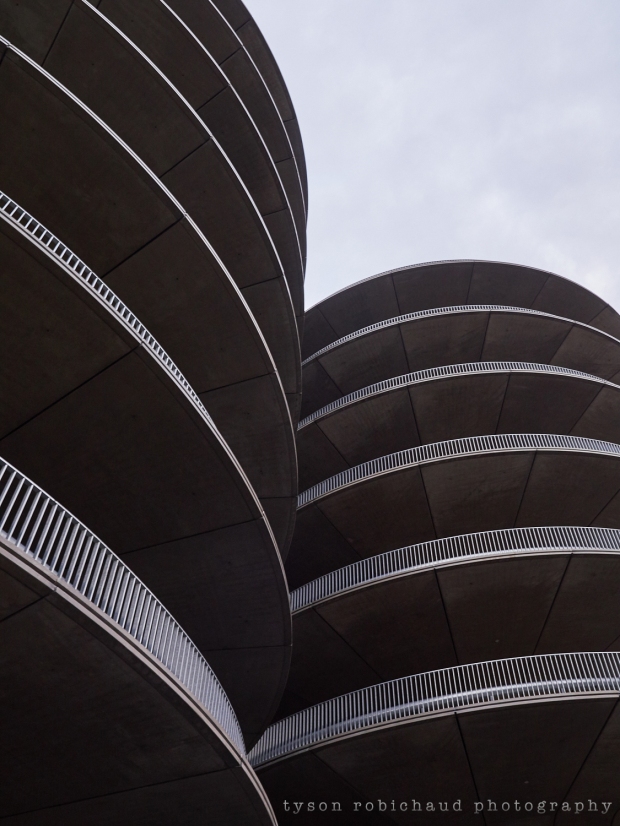 I like this lens, and would say it has its uses. While it doesn’t perform the way I’d hoped in corner sharpness for work like tight interiors with images needing to be print ready at even the most extreme angles of capture, it is a good lens that will be able to ignore this shortcoming in most cases.
I like this lens, and would say it has its uses. While it doesn’t perform the way I’d hoped in corner sharpness for work like tight interiors with images needing to be print ready at even the most extreme angles of capture, it is a good lens that will be able to ignore this shortcoming in most cases.
As a travel lens, I think it suits a storytelling style and could greatly compliment a standard or longer focal length for event shooting.
It could be great for close proximity follow filming (I’m thinking skating or snow sport) when framing happens at speed and can benefit from the movement dampening that comes from wider angles, although your subject can get away from you quickly as distance will more rapidly be evident.
I’d hold off on suggesting this lens as an interior performer for my use, and while the linear distortion is well corrected for, I’d just make sure whomever I discussed this lens with understood to compose with cropping in mind. For PFRE stuff, I’d imagine it should do well as most all images will be viewed on screen, or in smaller print via flyers or the like. The optical distortion correction this lens is capable of would lend itself well for this, and total corner sharpness can be largely overlooked, just keep an eye on that proximity distortion!
The weather sealing makes this a great field lens, and if you’re into ultra wide, sweeping landscape or architectural shooting, I think this lens could be a good fit.
It’s not cheap, and considering that Panasonic has the 7-14mm f/4 lens at about 60% of the Oly’s price, it’s worth considering how much a stop and weather sealing is worth. There are documented issues with purple fringing/CA on the Pana lens when used with the Sony sensors, but seems well corrected on the Panasonic sensors by comparison. CA can in many cases be easily corrected for after the fact though too. To me, it makes sense to pay the premium for the better built, faster lens, but I could easily convince myself of the opposite for what I shoot, too.
As always, I appreciate the read. Thanks for taking the time, and please feel free to fire off questions in the comments. I’d be happy to try and lend any more insight I’m able to.
You can find the Olympus m.Zuiko 7-14mm f/2.8 Pro lens via my affiliate links below.
Find the Oly 7-14mm f/2.8 PRO at B&H HERE, and at Adorama HERE
As always, I’d love to connect via the socials, so hit me up on Facebook, Twitter, Flickr and Instagram.
To stay up on new articles, you can add your email address at the top of the page (via standard browser) or below if viewing on a mobile platform.
Happy shooting,
Tyson

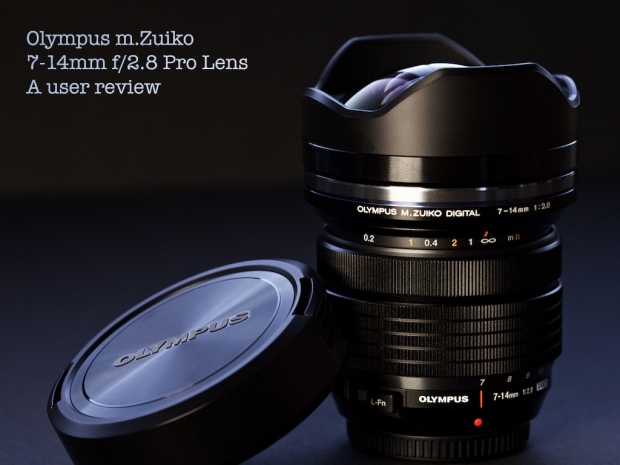
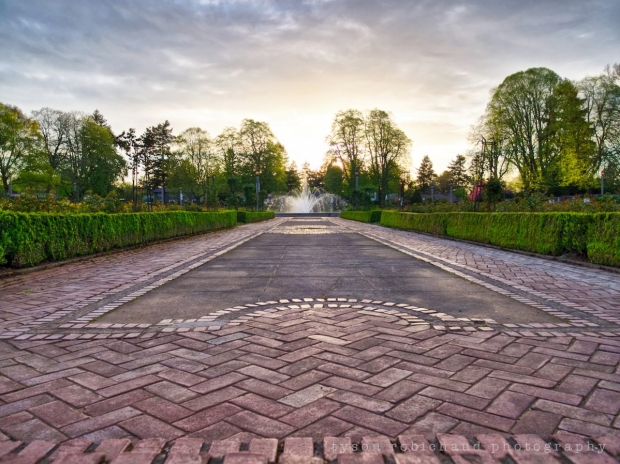
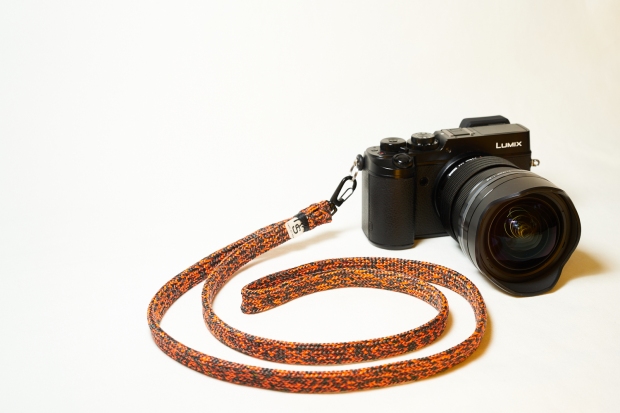
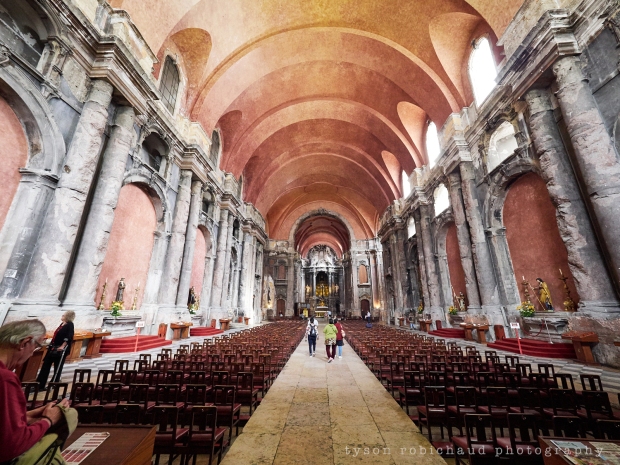
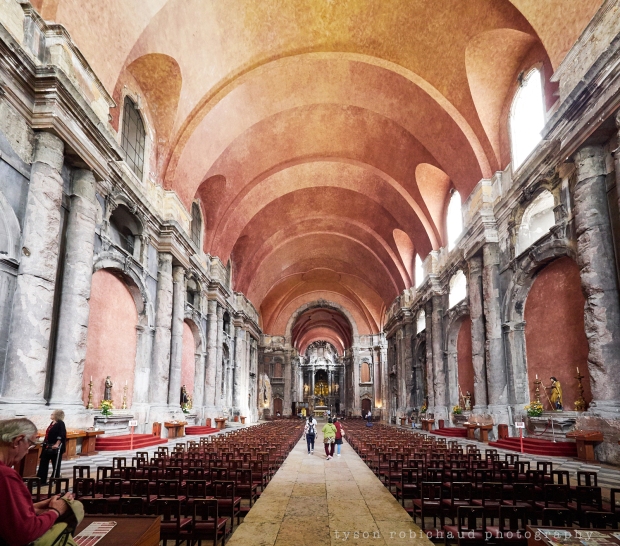
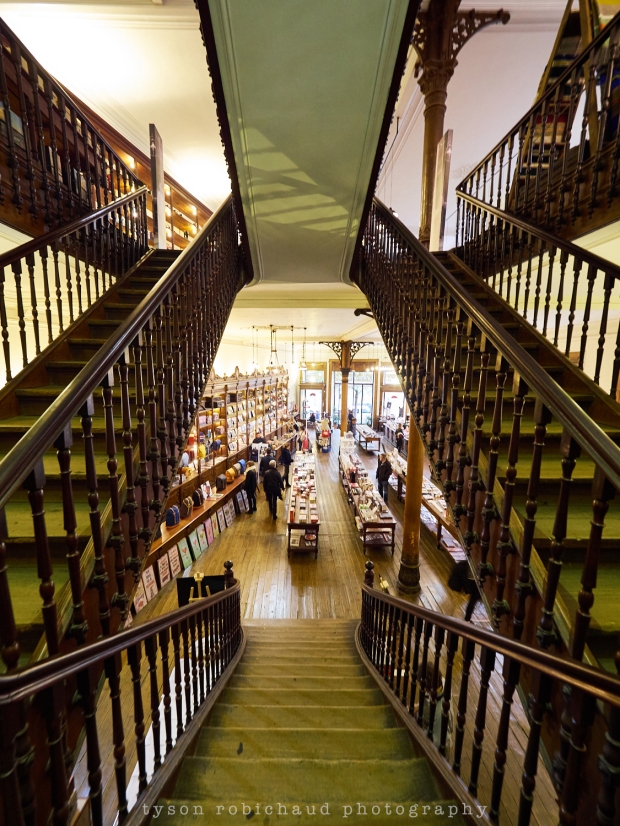
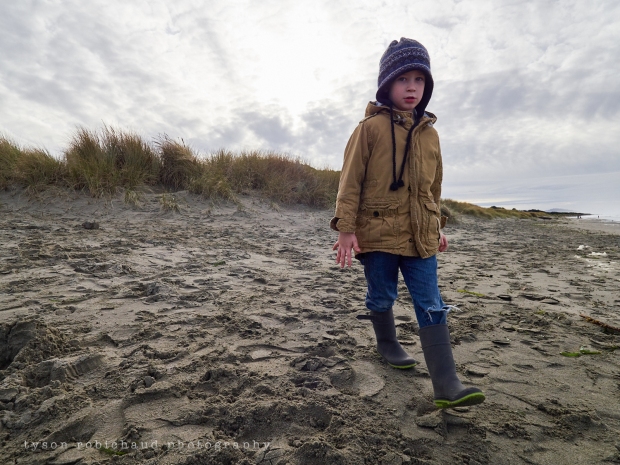
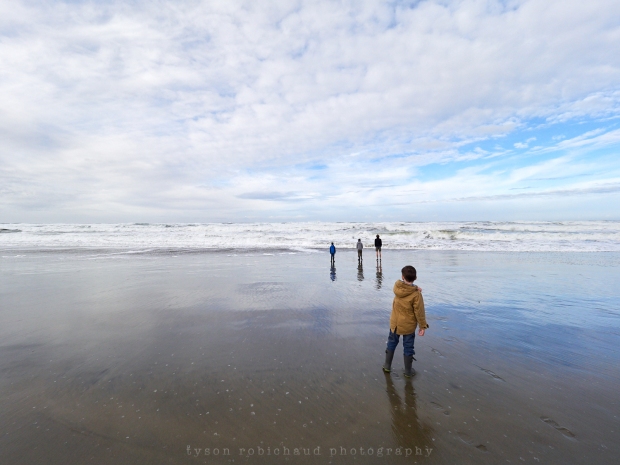
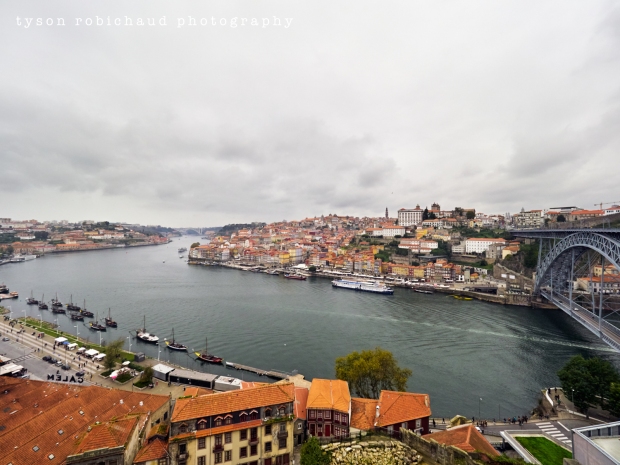
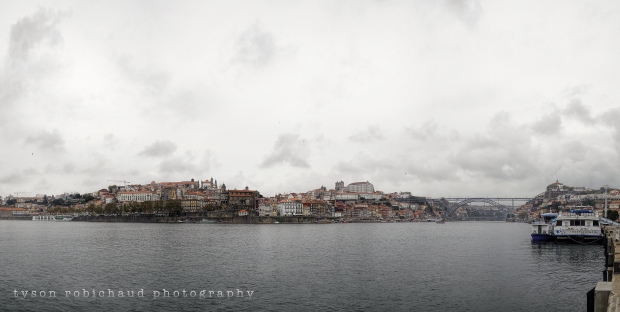
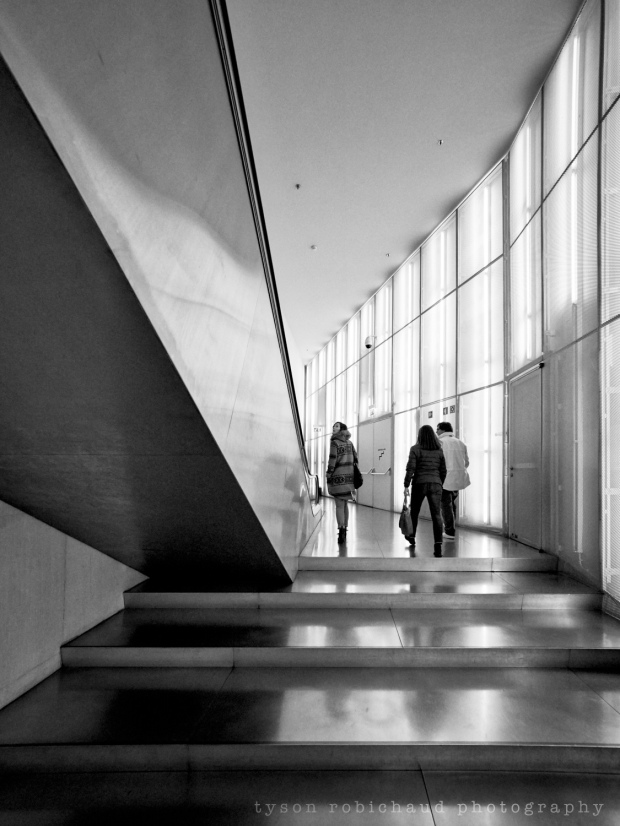


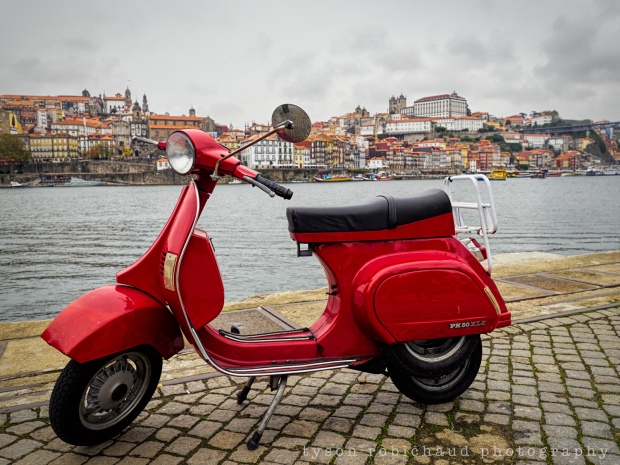
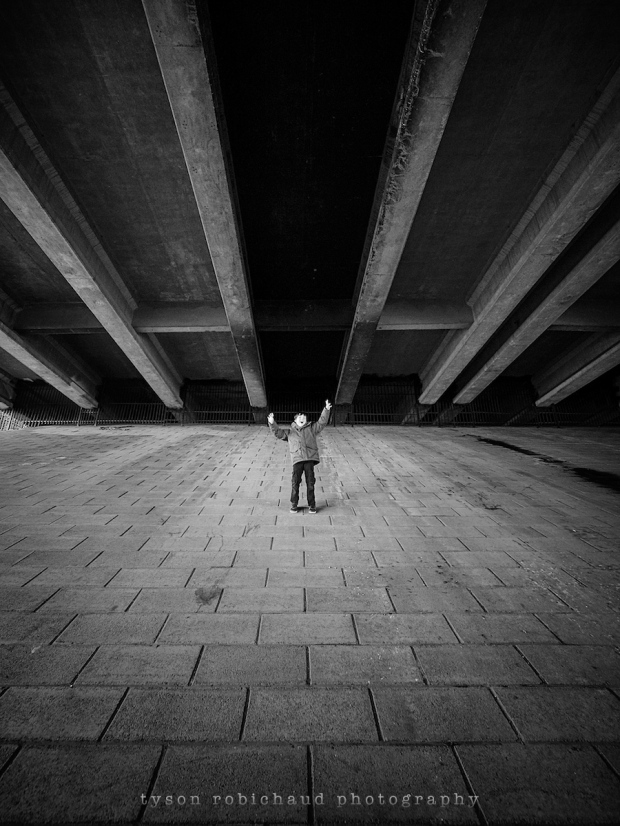
Hi, Tyson. Very nice review and I’m — as you might remember — an ultrawide fanatic for close-in work (but not on people!) I’m on Fuji now but in micro four thirds I owned both the 9-18mm Olympus and the 7-14mm Panasonic and they were both excellent in their own right. I still can’t get over how TINY that 9-18mm was.
I don’t comment much, but I still get your notifications and your work looks great. Keep it up, brother.
Best Regards,
John Griggs
LikeLike
Thanks John. I have been so close to pulling the trigger on a Fuji setup, only to realize I’m already trying in vain to support three other systems… Sure looks nice over there though 😉 Cheers man.
LikeLike
Ha ha! I played that multi-system game for a bit but I’m just an art photographer and really couldn’t justify it. I could be happy shooting either m43 or Fuji-X. I don’t know that it’s worth it to change over unless you’re doing large prints — I thought my prints looked better from the Fuji’s than what I got from the m43 cameras I owned. Even then the changes are not radical.
For an old guy like me, the “full retro” (“never go full retro” — Tropic Thunder joke, sorry) control implementation just seems natural.
Take care.
LikeLike
I like Fuji’s approach. It certainly appeals to a purist style of photography, but can easily automate for more contemporary applications. For me, I came from Canon full frame land and supplemented that with m4/3 for a small, light travel system which I do love it for. The sony stuff has ported my Canon lenses over and the m4/3 system, for me, has even taken up a bit of work stuff, so it’s been a great bang for the buck system for me. So many great choices, and systems. It’s an exciting time to be shooting! Thanks again, John. Cheers.
LikeLike
Thanks for the review. I own and use the lens and am quite pleased with it for interior shots of cheese making facilities. No other lens in my kit enables me to work in small or medium size spaces.
Now for the point of my comment , what does PFRE mean?
LikeLike
Photography For Real Estate. Thanks Peter.
LikeLike
I thought about buying this lens, but after using the Tokina 11-16mm f/2.8 on a Nikon D7200, I didn’t think I’d be happy with the 7-14mm f/2.8. The Tokina was that good.
LikeLike
Thanks very much for this review, it proved to me just how much I have been bitten by the photography bug. I started out about 3 years ago on a very part time amateur basis buying a canon 650d (which I really like, other than its low-light performance which will probably be the reason for an upgrade in the future), but I am now looking to expand my equipment levels. An ultra wide/wide angle lens is missing from my bag at the minute and I wasn’t totally sure which was best for me. I shoot a variety of styles, enjoying almost all aspects of photography and not wanting to limit myself, so therefore require decent, but not ‘professional’ price, equipment. This review has absolutely made my mind up that an ultra wide lens would not be a good fit for me and I shall go down the wide angle lens route, probably a 28mm prime. I look forward to reading more from you and learning from your images on Flickr. BW Dave
LikeLike
Thanks Dave.
UWA shooting certainly has its uses, but getting into this remarkable (say, over 90 degree angle of view) territory, you really start to bend the borders of natural. We see in a more standard to slight wide angle of view with our peripheral getting pretty blurry, pretty quickly, which is why ultra wide angles of capture tend to be a little disorienting. For me, a 35mm field of view (on full frame) is just about perfect for normal, everyday documentary shooting (perhaps a 24mm lens on an APS-C) but for certain work applications, I do need a wider angle to get interior shots in, and the like. I find that the 20-24mm range (again on full frame) seems to be a good sweet spot for me on that front. Wide enough to really get stuff in frame, but not so wide that it starts to get surreal, visually. That said, sometimes it’s fun to get surreal, and in cases, there are no other options to tell a story without these ultra wide angles of view, so, different tools for different applications as it were. Thrilled that you got anything out of the rambling, so thanks for reading and commenting.
Happy shooting,
t
LikeLike
Haha, surreal is right, the photo of Pantso’s elongated leg really brings that out and demonstrates perfectly the stretch you get. I am looking forward to my next lens adventure now; having had a look around I’ll probably get myself a 24mm F1.4 canon lens along with an old 28mm manual lens, I have a love of older technology and lenses are no different. I have a couple that i have bought and refurbished that give great images, although tend to be a touch softer than the new lenses. For now I just need to get on with reading the rest of your stuff, learning and experimenting. Thanks again.
LikeLike
Dave, if you’re looking at a 24mm f/1.4 I’d highly suggest researching the Sigma ART 24mm compared to the Canon L version which is twice the price.
LikeLike
just fell over this blog in the process of adding the micro 4/3 system as a companion to my fullframe canon gear. nice reading. I kind of abandoned flicker a few years ago but ur flickr account got me a bit interested again. both that page n this blog sums up great that photography is not about sensor size but about photos. Thanks
Kind regards from Denmark
Mads
LikeLike
by the way speaking off wideangels u should check out the new Laowa 7,5mm f2. i will take a look at it anyways, when it hits the market, and post some pictures 🙂
LikeLike
That Laowa looks the business!
LikeLike
Thanks, Mads! Yeah, Flickr has struggled of late. Not least of which is down to Yahoo’s horrible and constant tinkering to try and turn it into an instagram clone. Used to be the best and most vast community of photographers on the planet. Now, it’s a photo dump for passers by. I do feel that those still interested have circled the wagons to an extent and there are certainly some groups that are picking up momentum. Not quite the glory days of old, but getting better.
LikeLike
Hey Tyson,
Yet another excellent piece. Lots of excellent ultra-wide observations.
They are tricky beasts, indeed, but a helluva lotta fun to work and play with!
My first “extra” M4/3 lens was the 7-14mm f4, which I got for documenting my architectural interior design work. It took quite a bit of time to learn to wrangle and work with it, but it remains one of my favorite native M4/3 non-Voigtländer 😃 lenses!
I briefly considered the Oly f2.8, but just couldn’t justify the extra size, weight and eye-popping price. The Panny f4 is a perfect balance of the 3, making it an easy “always carry” lens, especially for travel. Weathersealing is another matter, of course.
Porto is a fabulous and incredibly photogenic city! My wife and I were there last summer and fell in love with it! How about some UWA shots of those twisty, turny, ridiculously steep and narrow streets up on the hill? You gotta have some!
As always, a great read visual treats! Thanks!
LikeLike
Thank you, Jeff. Good to see you!
I do think that the Oly may make way for the Voigt 10.5/0.95 and/or Laowa at some point as I just don’t foresee me needing what this lens offers for the long haul. It is a great lens, with its solid uses, I just don’t feel I’ll be shooting too often in those situations, or at least not often enough for the $$$. I’m not in any rush to get rid of it, but haven’t totally connected to it either at this stage. We’ll see!
Thanks for swinging by and taking the time man. Always appreciated.
I hope all’s well.
T
LikeLike
Hi…always like your eclectic observations…..Always insightful. I have the lens and your images at 7mm in the corner disturbed me. ….so I just shot some some quick test shots with my PEN-F, tripod, IS off, ISO 200..etc..etc..LOL!….and in the corner…at least where I can put my farthest-corner focus point, they look considerably sharper than your captures..but I think yours are in the far far corners where you cannot put a focus point…but yes..the far far corners look pretty bad even at f/8 and f/11.
I insanely run two kits. Lots of Olympus cameras and lenses, and a 5D III…. (I only use the FF 20% of the time ..but well….. LOL! Think I will still buy a grey-market 5D IV when the prices come down. I have ten lenses for it..so..well…. :-))..
Anyway…if you and Jeff want to see sharp…get your hands on one of those new SamYang/Rokinon SP 14mm f/2.4 lenses for FF. I picked one up new for $900 am studying up to do some astro…and this is supposed to be the bomb for that…. It has this knock-your-socks-off sharpness factor across the frame….it is INTENSE! $3000 for the Zeiss…um…I don’t think so.It really is amazing. I am going to an old, locked-up/abandoned Silk Manufacturing Plant next month…been there once before…. Definitely going FF…and taking the Roki.
Like your articles…you always get me thinking!!!! Thanks!
LikeLike
Hi Bob!
Yeah, one thing to take into consideration on my corner sharpness shots though too, is that the camera was set up about 5-6′ away from that wall which I feel brings field curvature into play in a more pronounced way when considering we’re looking at quite literally the extreme corner. Probably not an issue for more distant landscape or interior shots, but I wanted to see just how much I could get away with for tight interiors which I do come up against pretty often for the interior design firm stuff I shoot.
I have also been running a FF setup as well as the micro 4/3 stuff. I’ve been having a lot of fun with some of the new Sigma lenses on the Canons and adapting them to the Sony, but dayum, they’re big honking beasts. The 20/1.4 or 85/1.4 alone weigh more than my GX8 + PL 42.5/1.2 and GM1 + PL 15/1.7 combined! Very noticeable tradeoffs as it were 😉
LikeLike
Loved those shots in my old hometown
Thanks for your review – I love uwa, and yes, there is always a compromise. I am now convinced that I need to get this one in my kit . So much for keep a small lens lit LOL.
is there a good recommendation a zoom 40 to something you would recommend?
LikeLike
Hello Phillip,
The Oly Pro zooms are all very nice. There is the aforementioned 7-14mm f/2.8, the 12-40mm f/2.8 and the 40-150mm f/2.8 all of which are very good optically, weather sealed and are fairly compact, considering the range and speed.
LikeLike